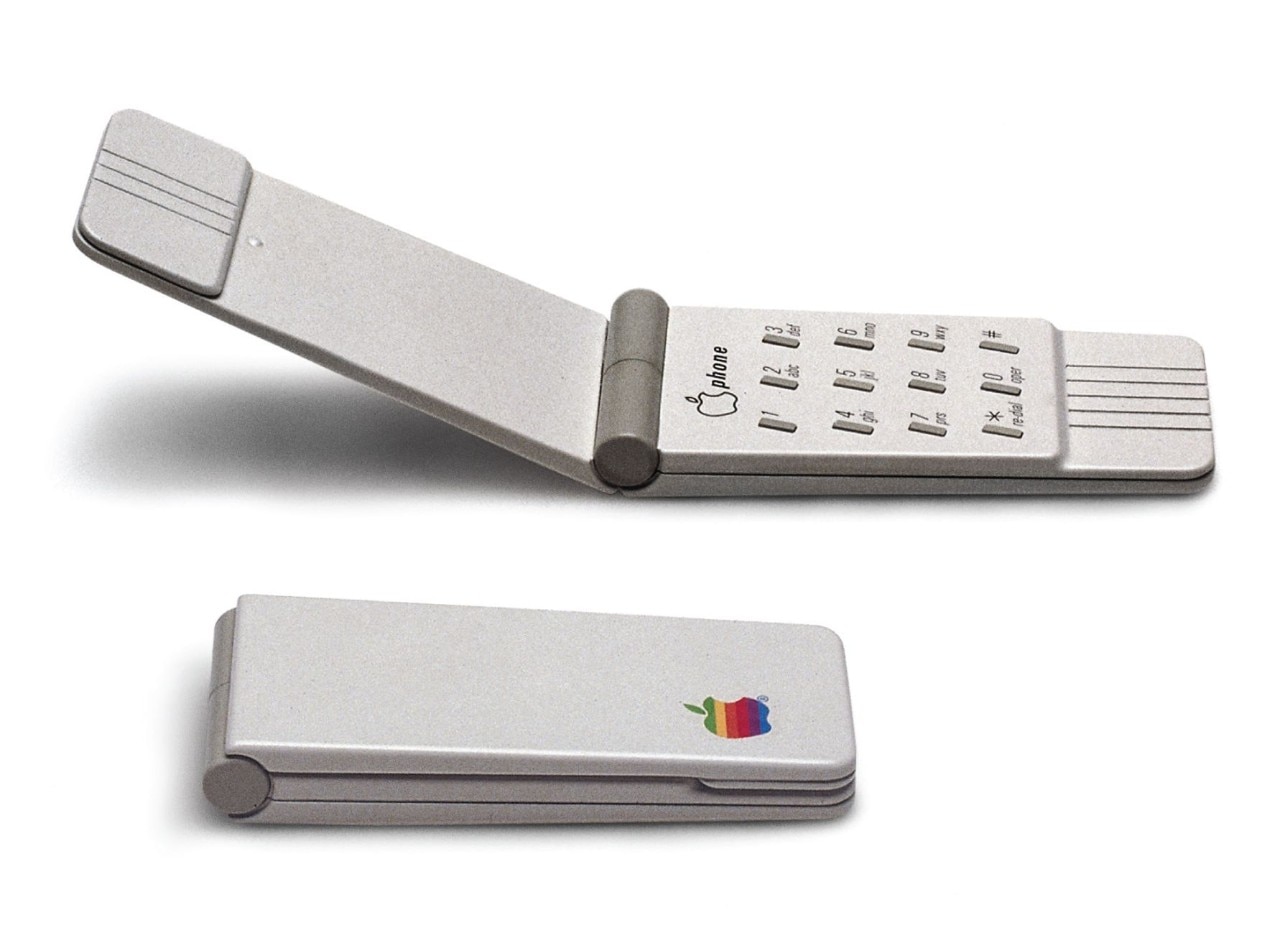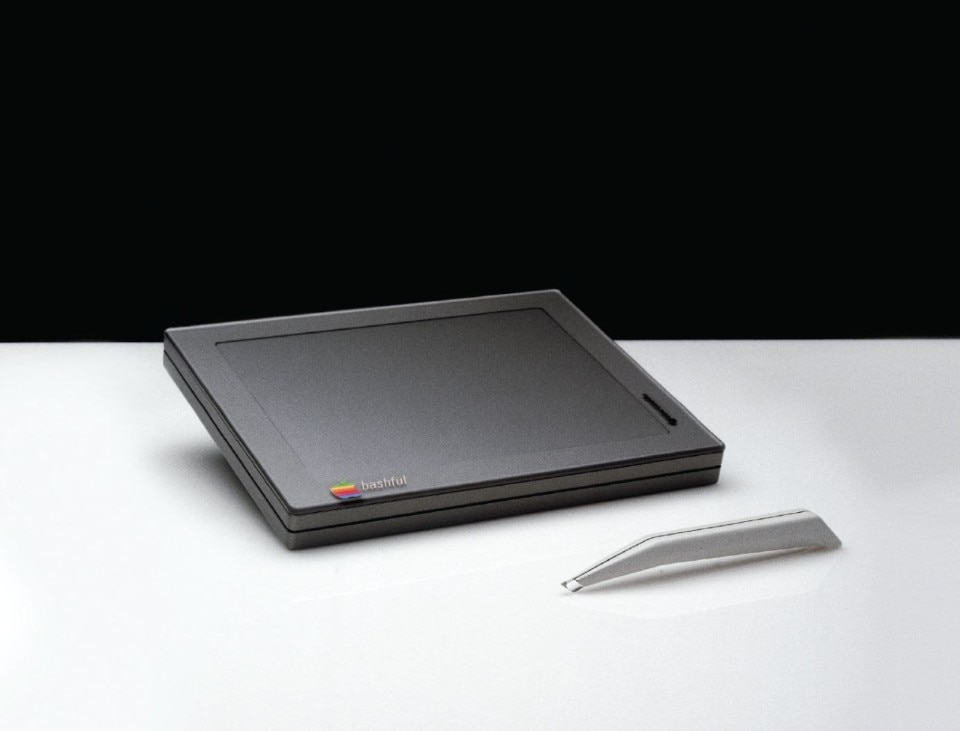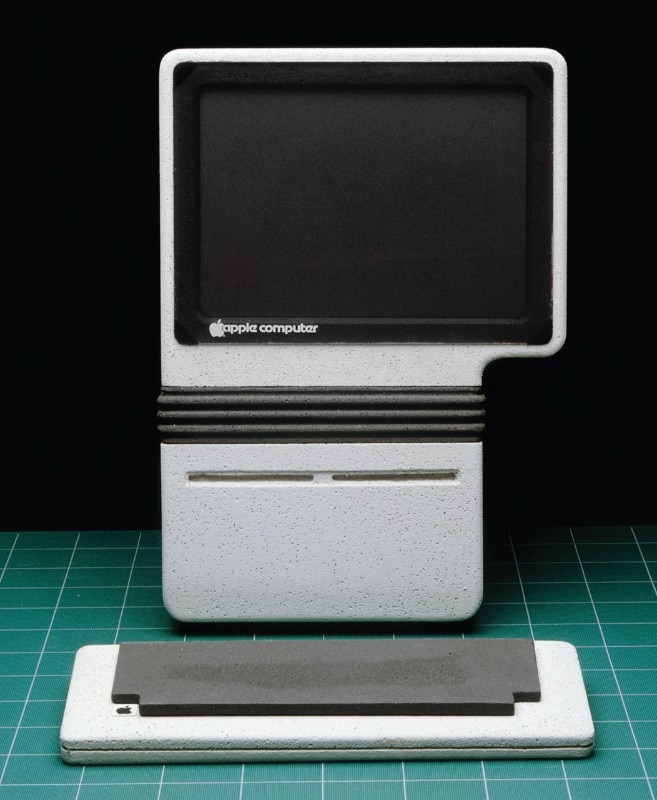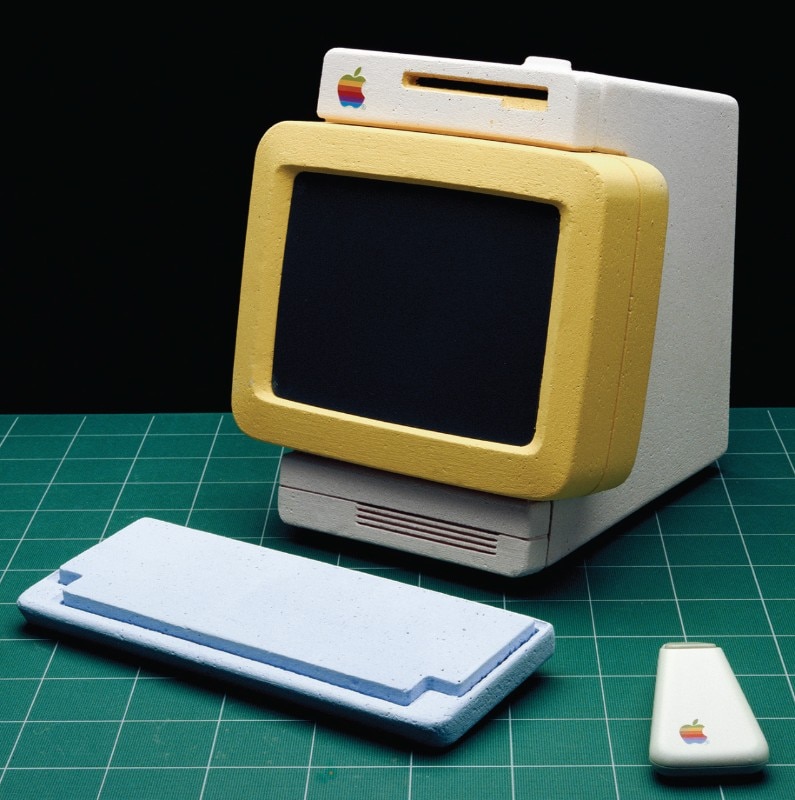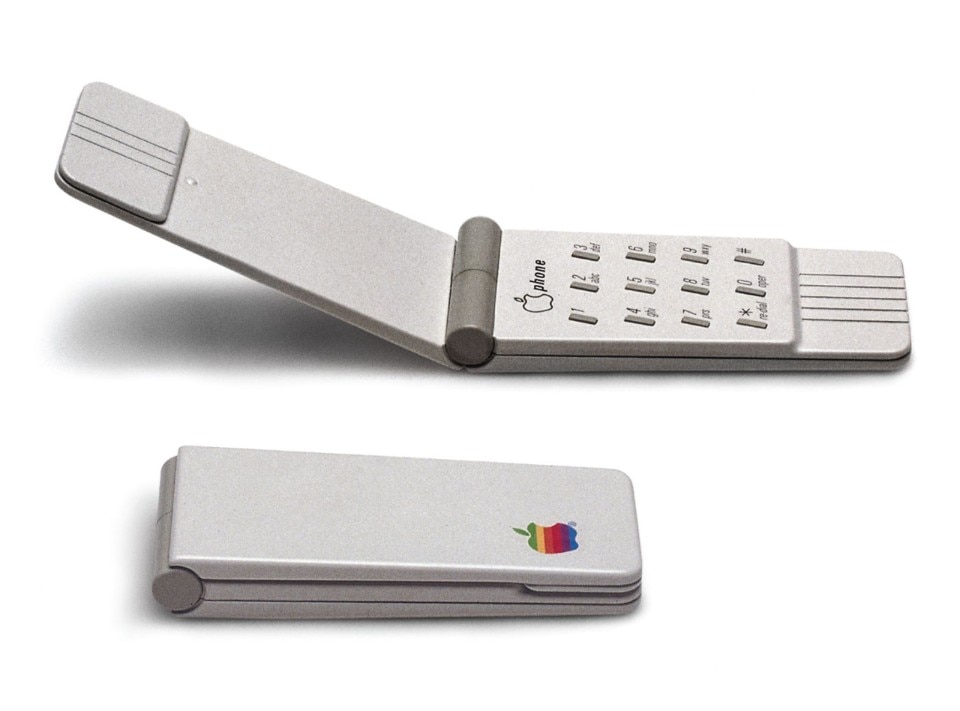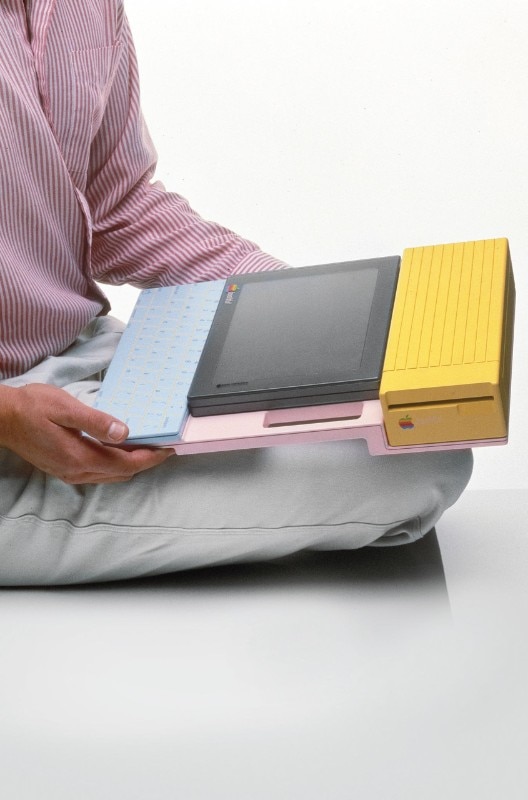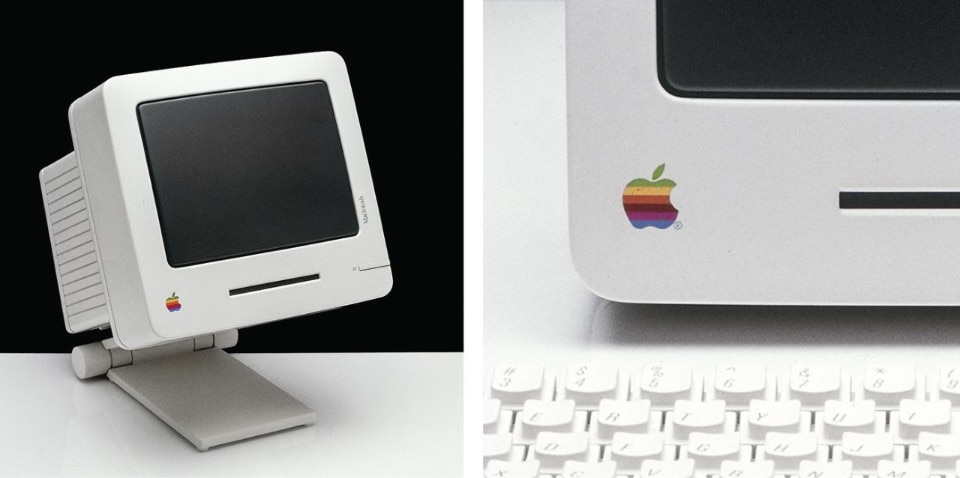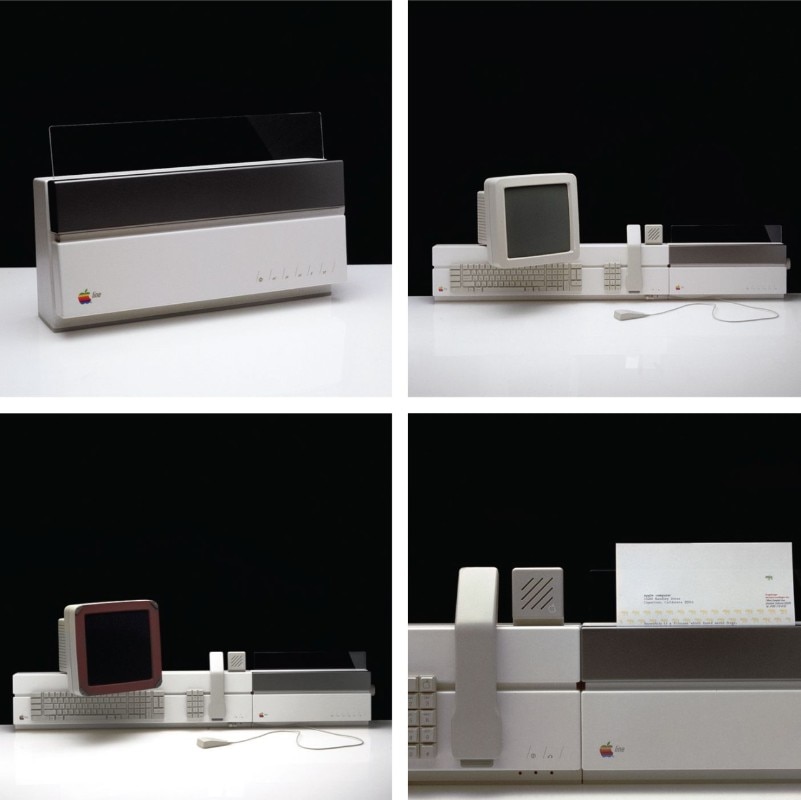Apple’s design concepts from the Eighties fill the amateurs’ hearts (ours included) with nostalgia for a time when Cupertino imagined its future products out loud. They look quirky, sometimes futuristic, and they all show how Harmut Esslinger’s vision helped shape Apple’s approach to technology design. So why isn’t Apple sharing their design concepts with the world anymore?
First of all, why make a concept of a potential product, when you’re not sure you’ll be able to develop it? Car manufacturers are particularly guilty of this: auto shows are full of cars that we’ll never driver. More recently, trade shows like CES have been flooded with concept products - especially foldable smartphones - that look impressive but will never turn into something real we’ll carry in our pockets.
Sure, experimenting with prototypes and pre-production units is a valuable design process, but the problem arises when product concepts are turned into marketing material. Apple, right now, is probably exploring hundreds of hardware and software design concepts. They do so in their labs, away from prying eyes and pundits that would have no clue about the organic process a product needs to go through before it sees the light.
Secrecy, in Apple’s development process, also means not showing anything beforehand unless the company already knows, up to a certain point, when the product can realistically hit the shelves. It’s a very harsh self-imposed rule, which sometimes leads to little fiascos like the AirPower, the multi-device wireless charging pad Apple wasn’t able to ship for more than a year and a half after its premature announcement. In general, that’s what really differentiates Apple’s product development process from most other companies in tech: if you’re not sure the product will be ready, don’t put it out just yet. Because, let’s face it: design concept are great for our picture galleries, but their value for the consumer is basically shallow. All they do is muddling the waters of the company’s communication stream, while superficially convincing everyone of their innovation potential.
Apple’s current take on concepts can also be explained in a very synthetic way through one of Steve Jobs’ most famous quotes: “Real Artists Ship”. Or, even better, with the “law” the blogger Kontra came up with back in 2008 on his - now defunct - blog Counternotions: “A commercial company’s ability to innovate is inversely proportional to its proclivity to publicly release conceptual products.”
- Brand:
- Apple


